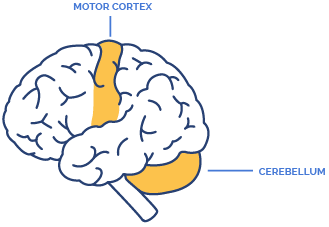Classification of Cerebral Palsy
- Bilateral, Quadriplegia, and Diplegia
- Ataxic
- Athetoid
- Unilateral Cerebral Palsy
- Spasticity
Despite ongoing research into Cerebral Palsy and its effects, there still is not a single classification system that captures every aspect of the condition and its severity. This means that healthcare providers, schools, government agencies and others must use a number of different – and occasionally overlapping – systems to describe an individual case of Cerebral Palsy.
The classification systems look at different aspects of Cerebral Palsy, how the condition affects the individual’s functioning, and the amount of impairment the individual experiences.
When discussing your child’s Cerebral Palsy with doctors and other healthcare providers, you have probably heard a number of technical descriptions. The following breaks down the main ways in which Cerebral Palsy is classified.













